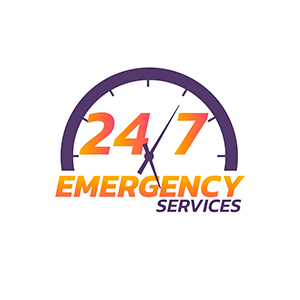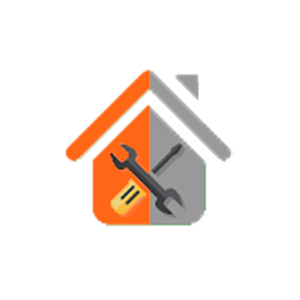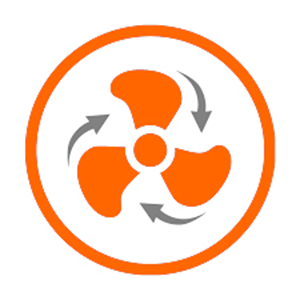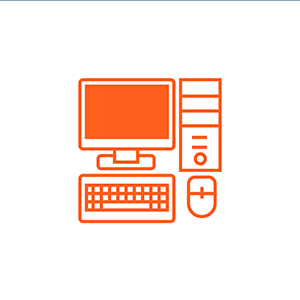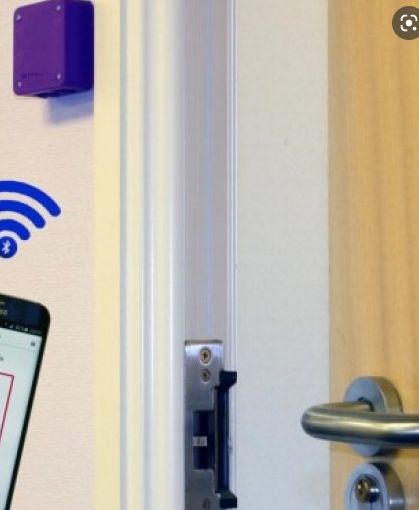
It's helpful to have a thorough image of all the hardware involved in order to comprehend the procedure.
This is a quick rundown researched by access control system Columbus, Ohio.
The master controller — This device stores your local database, connects your gear to the cloud, and manages access based on the rules you set up.
Interface boards - These devices send data from the reader to the master controller, which subsequently controls the door lock based on the master controller's directives.The reader — This is the device that everyone sees on the wall. These read the key number on your key card or phone, which the master controller uses to decide whether or not to unlock the door.
Electronic locks include maglocks, door strikes, electronic crash bars, and a variety of additional devices that keep your door locked.
Access control cabling connects all of the elements together to send data between the readers and the controller, as well as electricity between the power sources and the locks.
Electricity - These are electronic systems that require electricity to operate. The power source in your system keeps the controllers, readers, and locks running.
Door position switches, often known as door monitors, are devices that indicate whether a door is closed or open.
Motion Sensors/REX Buttons — These devices detect motion or when someone presses the exit button to allow you to exit a locked door.
The Procedure for Installing Access Control
Here's the deal:
Inspection of the site and data collection Before any hardware is placed, a site examination is required to determine how the cables will be run and the hardware that will be mounted on the door.
Activate the cables! The first step in a complete office build out is to run the cables from the area where all of the door controllers will be mounted.
Put the locks in place. The electronic locks will then be installed on all of the doors that will be utilized to access the facility by a locksmith.
Connect the pieces together. A low-voltage specialist can connect all of the door components to the controllers and power supply once the cables have been run and the locks have been installed.
Setting up and testing It's time to program your system settings and test certain keys after the hardware has been installed. You're all set once you've double-checked that everything is operating properly.
Estimated Costs
Costs vary greatly depending on the city in which your institution is located, the type of ceilings in the facility, the distance between the doors and the IT room, and the type of locks required for various sorts of doors. To give you a ballpark figure, installation costs average $650 per door, with hardware costs averaging $800 each door (lock, reader, controller, motion sensor).

